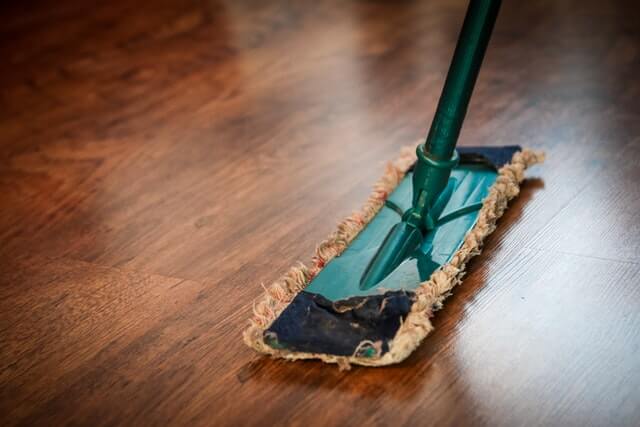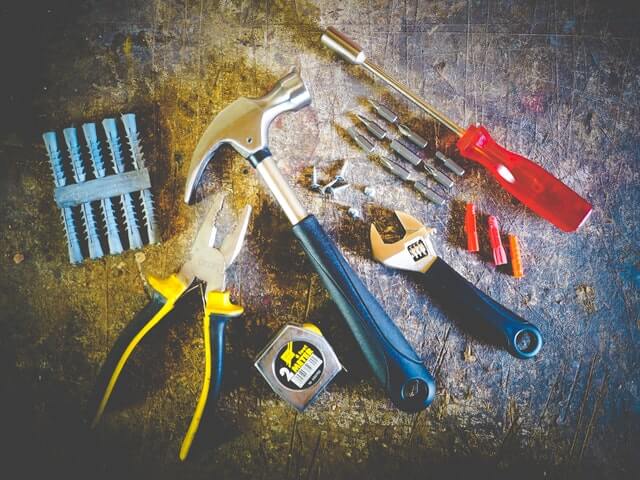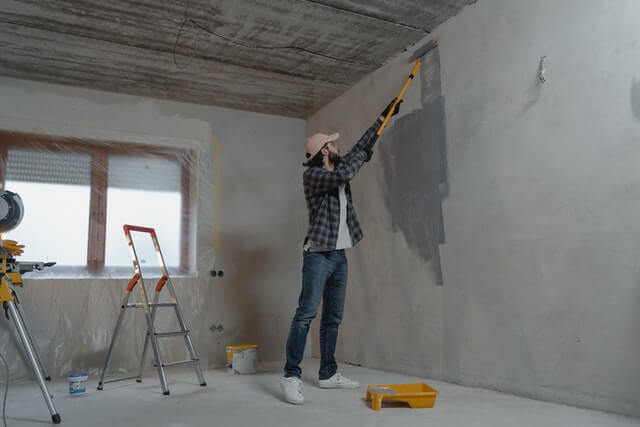First-time landlords have yet to learn the ins and outs of renting. You would expect them to be a little hesitant, confused, and unsure of what to do. But I’m sure all landlords experienced this. Fortunately, leasing agents like you can help them figure some things out, am I right?
You can assist them with tenant screening, lease agreements, and laying down the groundwork for renting. You can also teach them how to market their properties, but that’s mainly your job. After all, you already know that you can use Padleads to advertise the vacancy and syndicate it to other websites online. So, coach them on other things.
For instance, how to prepare a rental property. You can’t put it out on the market when you know it is not ready. But first things first. These are the tasks the landlords need to accomplish before accommodating their first renters:
Number One: Clean
Floors
The property needs to be in pristine condition before the tenants move in. It includes taking care of every nook and cranny. Yes, including the floors, which will need mopping and waxing. If the property has carpets and rugs, the landlord would need to have them vacuumed and washed.

Kitchen
The kitchen is probably the dirtiest part of a house. The food we prepare harbors bacteria that are invisible to the naked eye. Landlords need to ensure that all the appliances are thoroughly cleaned, such as the food debris inside the oven. Defrost the freezer, wipe the refrigerator inside, and clean behind it. They should also clean all the oil buildup behind the stove.
Bathroom
The bathrooms can also get pretty dirty and will need a thorough cleaning. The sink, toilet, bathtub, and shower area will need scrubbing to remove the stains. They would need to wipe and clear the cupboards and drawers. If the bathroom has a mirror, it would require polishing. Landlords should familiarize themselves with the different cleaning solutions for specific items.
Number Two: Repair
If the landlord bought a fixer-upper, they would expect to do several repairs and maintenance. For safety purposes, the property owner should check all the railings and stairs if they are secured. We would not want accidents to happen inside the rental. Landlords should also make sure the electrical outlets are working and change switch covers if there are cracks.

They should inspect any holes in the walls, windows, and doors. If they think it is beyond repair, they should change it completely. While they are at it, they can check for loose doorknobs and hinges. Landlords should also replace the batteries of the smoke detectors. If the smoke detectors are old, they might need to purchase new ones.
Number Three: Upgrade
Since it is the landlord’s first time, he may want to upgrade the property and change it to his liking. He might want to appeal to a specific clientele. If he has the means, then why not? It will also allow him to charge a higher rental price.
Minor upgrades will include repainting the walls and closets. Most landlords prefer neutral colors because it looks fresh and clean. He may change or add some light fixtures to attain an exact look.

Medium cost upgrades will involve property owners replacing the appliances with newer models. If they want the property to look modern, they can get rid of the carpeting. They can change to laminated or hardwood floors.
I know this is a long list, and the landlord can feel overwhelmed by all of this. But we can assure them that these are necessary and will pay off in the future. They will get the hang of it eventually. They only need to take baby steps. Before they know it, the first tenant will move into their new home.